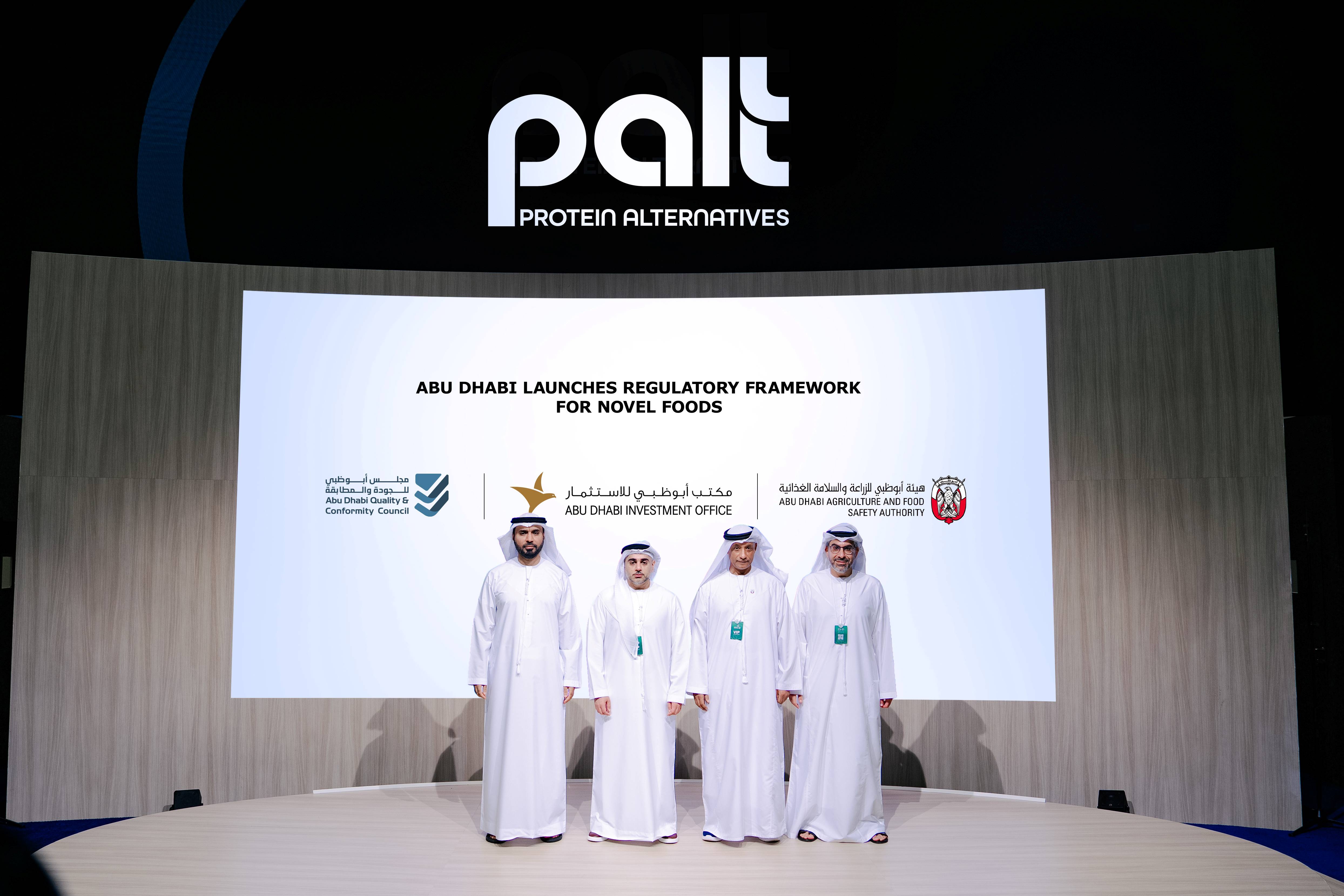

Helium-free, high-performance N/protein analysis according to the Dumas principle
Elementar Americas Technical Note, Helium-Free, High-Performance N/Protein Analysis According to the Dumas Principle, outlines carrier gas alternatives to helium for alternative protein companies performing nitrogen/protein analysis in-house or considering in-house analysis.
Dumas-based nitrogen and protein analyzers employ high-temperature combustion, delivering swift and precise determinations. Approved by international associations (ISO, AOAC, AOCS, ASBC, ICC, EBC, etc.), Dumas analysis offers distinct advantages over the Kjeldahl method, including enhanced safety, higher sample throughput, reduced labor time, eco-friendliness, and cost efficiency.
“Helium has long been the trusted inert carrier gas for nitrogen and protein analyzers, but by far not the sole option to achieve excellent accuracy in nitrogen and protein analysis”, notes Peter Corell, Team Lead Product Management (Market) at Elementar. “The utilization of alternative carrier gases, such as carbon dioxide in our rapid N exceed and argon in our rapid MAX N exceed, help achieve exceptional performance in nitrogen and protein analysis.” In light of recent helium shortages and surging prices, alternative protein companies must seek innovative solutions to counter escalating expenses and maintain momentum in their research and production efforts.
The Technical Note presents data tables from experiments with both the rapid N exceed and rapid MAX N exceed analyzers to successfully demonstrate the use of carbon dioxide and argon as alternative carrier gases for N/protein analyses using Elementar’s EAS REGAINER technology. Corell notes, “In addition to the use of Argon or CO2 as alternative carrier gases, our resource-saving EAS REGAINER technology is especially cost-effective, making alternative protein companies independent of raising helium prices.”
To prove that the use of alternative carrier gases does not influence the data quality, a series of measurements were performed to determine the protein content for a wide range of sample matrixes first using carbon dioxide as carrier gas (with the rapid N exceed), then using argon as a carrier gas (with the rapid MAX N exceed). Both sets of experiments were conducted in replicate to demonstrate repeatability.
A series of measurements were performed to determine the protein content for a wide range of sample matrixes using carbon dioxide as carrier gas. In a first set of experiments different flour types were analyzed. The repeatability of the measurements is calculated according to DIN EN ISO 16634-2 and the results show that the repeatability of the rapid N exceed measurements is well below 0.10% N, the required repeatability according to the international standard. The average repeatability of all flour analyses was 0.020% N, approximately five times better than the necessary repeatability defined by the standard. In a second set of experiments different animal feed samples were analyzed. The average repeatability for these samples was about 3x better than the required repeatability according to DIN EN ISO 16634-1 (o.10% N).
To demonstrate the data quality of results when utilizing argon as a carrier gas, a series of analyses were performed to determine the protein content for 26 different sample matrixes (various types of flour, milk, cheese, sausages, yeast and animal feed). The results were compared with those obtained with the rapid MAX N exceed using helium as carrier gas. The calculated R2 value of 0.99 shows the excellent agreement between the analyses with both carrier gases, concluding that the gases are indistinguishable and readily interchangeable. The analyses show an unprecedented level of repeatability as well, achieving the required repeatability according to the international standards ISO 16634-2 and ISO 14891 by a factor of more than 4. The averaged repeatability for the analyses of five different types of milk was 0.0032% N, whereas seven flour types yielded an average repeatability of 0.019% N.
Download the Technical Note to view the full data results from the various solid and liquid sample matrixes and even less homogeneous food/feed samples analyses conducted using both carbon dioxide and argon.
If you have any questions or would like to get in touch with us, please email info@futureofproteinproduction.com






